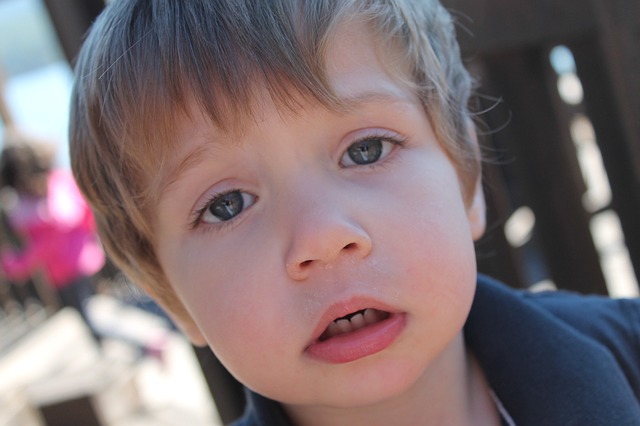Research on mindfulness suggests that through meditation practice we become more connected with ourselves and more in control of our thoughts, emotions and resulting behaviour. In particular, mindfulness improves the frequency and quality of our paying attention in the present.
Research by scientists on the outcomes of mindfulness point to the development of compassion, reduced sense of isolation, increased resilience and ability to handle stress – all of which impact our behaviour.
Exploring how mindfulness impacts our behaviour
We have to ask ourselves how mindfulness practice changes our own behaviour. Do we stop ourselves from writing that cutting email when we become angry at an email we received? Do we immediately retaliate with counter accusations when criticised by someone else? To what extent has our awareness and understanding of another’s pain increased our empathy and become reflected in compassionate behaviour?
One of the challenges we face in translating mindfulness practice into changed behaviour is that our habituated behaviour is very difficult to change. Even as we develop mindfulness through reflection and meditation, we will still have to deal with negative thoughts and emotions that arise spontaneously despite our best intentions. However, our capacity to deal with these challenges should develop so that our response ability increases and we can overcome our habit of responding inappropriately to words or actions that trigger us.
If we do feel agitated, we can have the presence of mind to stop and take a breath, observe what is happening inside ourselves and use the gap between the stimulus (the trigger) and our response to manage our behaviour better.
We can begin to see that we are moving towards more kindness in our interactions with others – it could be that we notice people more, stop and talk to people who seem lonely or depressed, demonstrate more thoughtfulness towards others we encounter in daily life.
A meditation to explore the impact of mindfulness on our behaviour
We can explore for ourselves what impact our meditation practice is having on our behaviour by way of checking our progress towards achieving the equanimity of mindfulness. We can review how often we have used mindfulness as a form of self-intervention to prevent us from saying or doing something that we considered inappropriate.
Tara Brach asks some penetrating questions about the ways in which mindfulness has positively impacted our behaviour. In the related meditation podcast, Tara encourages us to let go of the past and attend fully to the present moment. This meditation is particularly useful if you have reviewed your behaviour and found that you did not act mindfully. It is a calming meditation that is strongly situated in the present moment and in what you are experiencing within and aware of in your immediate surroundings.
As we grow in mindfulness through reflection and meditation, we can begin to see clearly observable changes in our behaviour particularly in moments of stress or when our negative emotions are triggered. We begin to notice our capacity to control our thoughts and emotions and increase our response ability – to respond in more appropriate ways that build relationships rather than damage them.
By Ron Passfield – Copyright (Creative Commons license, Attribution–Non Commercial–No Derivatives)
Image source: courtesy of Pexels on Pixabay
Disclosure: If you purchase a product through this site, I may earn a commission which will help to pay for the site, the associated Meetup group and the resources to support the blog.




